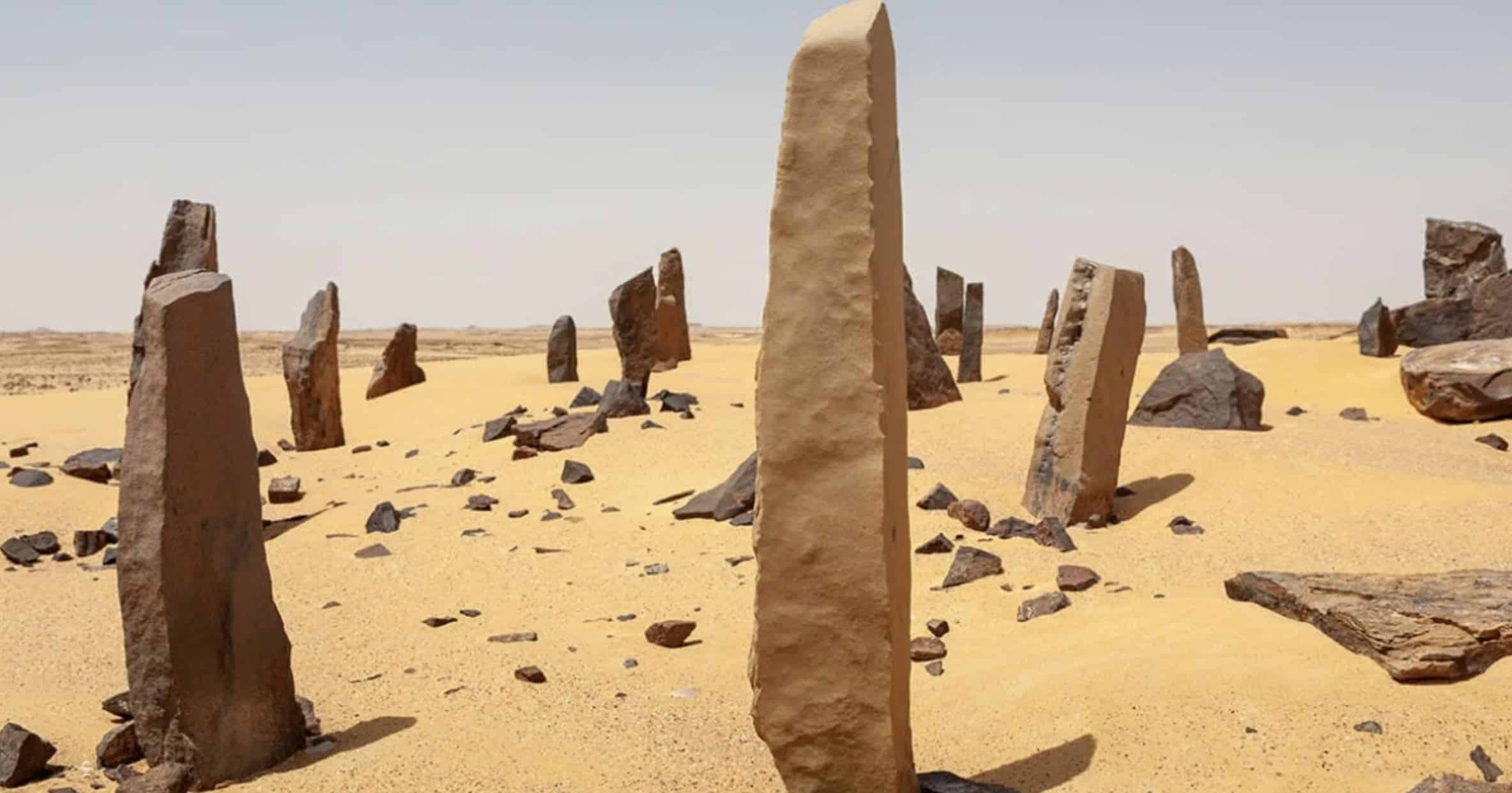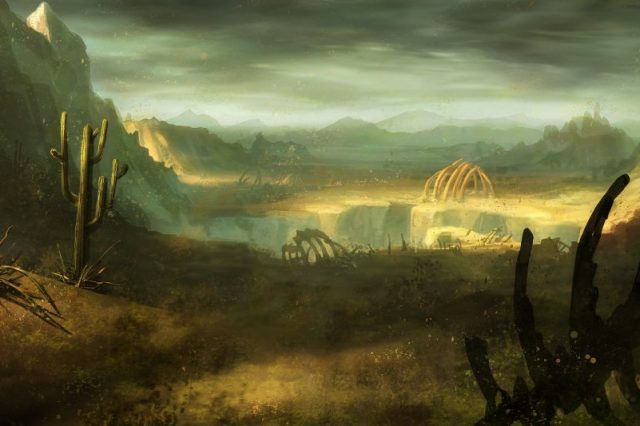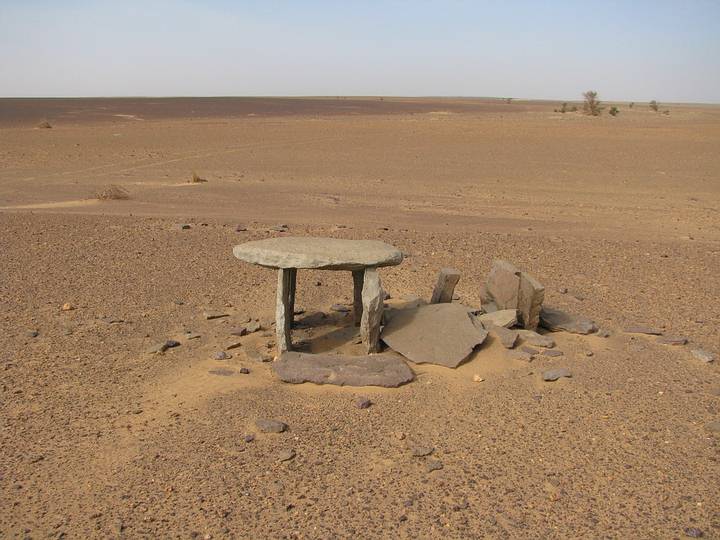Nestled in the vast expanse of the eastern Sahara, the discovery of Nabta Playa marked a significant turning point in our understanding of ancient civilizations.
In the heart of the Sahara Desert lies a mystery older than the pyramids – Nabta Playa. This ancient site, with its astronomical alignments, challenges our understanding of early civilizations. Who were the people who built this prehistoric observatory, and what secrets does it hold about our connection to the cosmos?
Nestled in the vast expanse of the eastern Sahara, the discovery of Nabta Playa marked a significant turning point in our understanding of ancient civilizations. Unearthed by a team of archaeologists in 1974, this site, dating between 6400 and 3400 B.C., predates the Egyptian pyramids, challenging preconceived notions about the origins of astronomical knowledge. Unlike most ancient sites which were primarily settlements or burial grounds, Nabta Playa was distinctive. It is believed to have served as a ritual center, a sacred space where the cosmos and earthly existence converged. This prehistoric site has captured the imagination of historians and astronomers alike, offering a window into a time when humans first started to decipher the vast sky above.
The Enigma of the Sahara’s Mini Stonehenge
Central to Nabta Playa’s features is its mysterious stone circle, reminiscent of a smaller desert version of Stonehenge. This structure has baffled archaeologists since its discovery. The arrangement of these stones, carefully positioned, suggests a deliberate attempt to mirror the heavens. The intricate alignment of some of the stones with the belt stars of the constellation fo Orion indicates a profound understanding of celestial mechanics by its builders. This realization has led to a reevaluation of the astronomical capabilities of ancient people, suggesting a far more advanced knowledge of the stars and their movements than previously attributed to civilizations of this era. But where did this knowledge originate from?
Orion in the Desert: Linking Stars to Stones
The study of Nabta Playa’s stone circle took a significant turn with the work of Robert Bauval and Thomas Brophy. In their book “Black Genesis,” they propose that the site was not just a ceremonial center but also an accurate star-viewing diagram. This hypothesis suggests that the stone circle aligns with Orion’s Belt at the summer solstice, serving as a sort of ancient star map. The specific placement of these stones, representing Orion’s Belt, illustrates a deep understanding of the night sky, turning this site into an open-air astronomical textbook. Such a discovery highlights the sophisticated scientific and cosmological insights of the people who built it.
The Legacy of the Star People: From Sahara to the Nile
The creators of Nabta Playa, often referred to as the “star people,” are shrouded in mystery. The disappearance of this civilization around 3400 B.C. coincides intriguingly with the emergence of the Nile Valley civilizations. This timing has led to theories suggesting a migratory link between the two, with the star people possibly influencing the astronomical practices of early Egypt. Radiocarbon dating of the site and the analysis of its alignments provide compelling evidence that the astronomical knowledge evident in later Egyptian civilization, especially in pyramid construction, may have had its roots in the practices of these earlier Sahara dwellers.
Beyond History: Nabta Playa’s Cosmic Connection
The mystery surrounding Nabta Playa extends beyond its historical and archaeological significance. Some researchers speculate about the possibility of extraterrestrial influence or knowledge, given the site’s advanced understanding of astronomy. The depiction of the site’s builders in cave drawings – as tall, slender figures with unusual heads – adds to the enigma. While these theories are speculative, they underscore the profound impact of Nabta Playa in understanding humanity’s early astronomical endeavors and our ongoing quest to comprehend our place in the universe.
Nabta Playa is more than just an archaeological wonder, is a symbol of human ingenuity and curiosity. Its stones, aligned with the stars, tell a story of a civilization that looked to the heavens for guidance, understanding, and perhaps, a connection to something greater than themselves. As we continue to study this ancient site, we are reminded of the enduring human desire to explore and understand the cosmos. As always, look up, for the answers may be right up there, with a mystery or two living among the stars.
Have something to add? Visit Curiosmos on Facebook. Join the discussion in our mobile Telegram group





